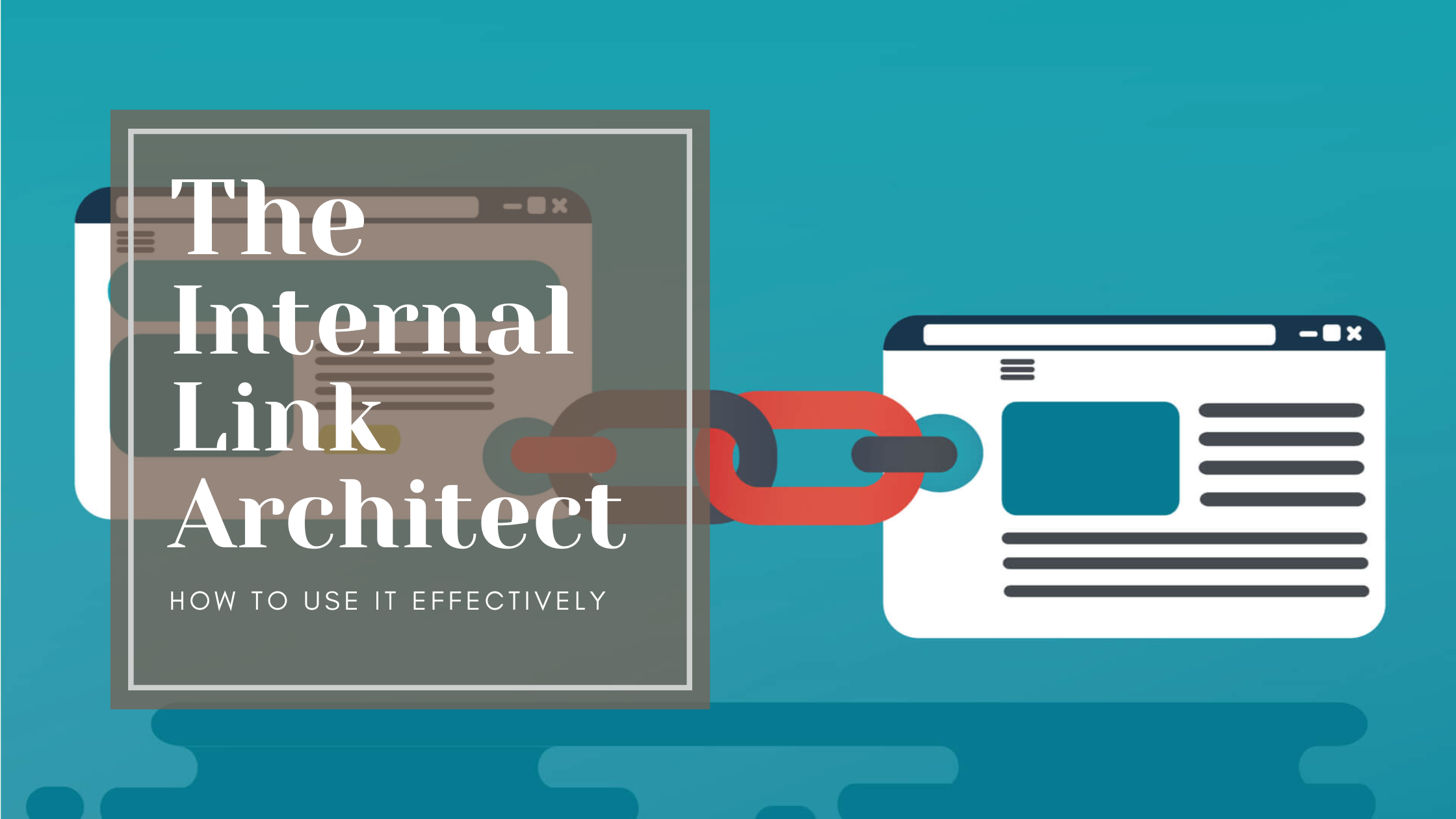The Internal Link Architect
Internal linking is one of those things everyone knows matters, but few actually get right.
Do too little and your best content sits isolated, starved of authority. Do too much and you create a messy web of links that confuse both users and search engines.
I built The Internal Link Architect to cut through the noise. Instead of vague advice or complicated site-structure theory, it gives you a clear, practical linking plan: which pages to connect, what anchor text to use, and how to prioritise the changes that will actually move the needle.
Think of it as having a site architect for your internal links, minus the whiteboard diagrams and jargon.
What is The Internal Link Architect?
The Internal Link Architect is a custom GPT I built to help SEOs, writers, and site owners make smarter linking decisions.
Instead of manually combing through pages or guessing at where links might help, you feed it your sitemap, URL list, or even just the slugs you’re working with. From there, it:
Maps out your content clusters and hub/spoke opportunities
Suggests the “next best” links to add for maximum impact
Balances anchor text diversity so you’re not over-optimising
Highlights priority pages that deserve more internal support
It’s not another theory-heavy guide. It’s a practical tool that gives you a plan you can act on, whether you’re managing a blog with 50 posts or an enterprise site with thousands of URLs.
What makes it different
Most internal linking “advice” is either too broad (“just link to related pages”) or so technical it’s unusable. The Internal Link Architect sits firmly in the middle: practical, specific, and built to be applied straight away.
Here’s what sets it apart:
Cluster mapping logic – identifies topic clusters and highlights where hub and spoke links should be placed.
Anchor text balance – suggests varied anchors to avoid over-optimisation while still signalling relevance.
Prioritisation built in – scores suggestions by impact and ease, so you know which changes will deliver the quickest wins.
Spotting weak spots – flags orphaned pages, under-linked hubs, and thin linking paths that waste equity.
Actionable, not theoretical – no crawl depth graphs or textbook jargon, just clear link plans you can plug in.
In short, it’s not a crawler, it’s not a CMS plugin, it’s a strategist in your pocket for internal links.
How it works
Using The Internal Link Architect is straightforward. You give it the inputs, it gives you a plan:
Start with your site map or page list: Paste in your URLs, slugs, or a sitemap extract. The more context you provide, the sharper the output.
Set your priorities: Tell it which pages matter most — whether that’s your money pages, new blog posts, or cornerstone content.
Get your linking plan: The GPT generates a structured set of suggestions, including which pages should link to which, what anchor text to use (with diversity built in), and which links to tackle first for maximum effect.
Review and apply: It’s not a “push button and forget” tool. You still decide what to implement, but the Architect removes 90% of the guesswork.
Who it’s for
The Internal Link Architect is built for anyone who knows internal linking matters but doesn’t have the time (or patience) to map it all out manually. It works best for:
Content teams – keeping clusters tight and ensuring new posts aren’t left stranded.
Solo SEOs – saving hours of manual auditing when building or maintaining a linking strategy.
Agencies – offering clients a structured, prioritised plan without burning billable hours.
Site owners – anyone with a blog, ecommerce shop, or resource hub who wants to push authority towards the pages that matter most.
What it doesn’t do
As useful as The Internal Link Architect is, it’s not a silver bullet. A few things to keep in mind:
It doesn’t crawl your site – you’ll need to provide the URLs or sitemap yourself.
It won’t insert links for you – it gives you the plan, but adding them in your CMS is still down to you.
It’s not a broken link checker – you’ll still want to run a technical crawl for 404s or redirects.
It can’t replace judgment – suggestions are smart, but every site has nuance. Human review is still essential.
Final Thoughts
Internal linking is too important to leave to chance. Done well, it keeps your site structured, your content connected, and your authority flowing where it should. Done badly, it leaves money pages stranded and equity leaking away.
The Internal Link Architect gives you a clear, prioritised plan so you can focus on execution rather than guesswork. It won’t build links for you, but it will show you exactly where and how to place them for the biggest impact.
👉 Try The Internal Link Architect here
And if you’d like tailored SEO support that goes beyond internal links, from technical audits to full content roadmaps, I take on select consultancy projects through GWContent.
Feel free to reach out if you’d like to work together.



